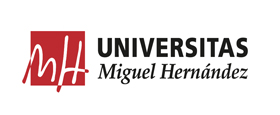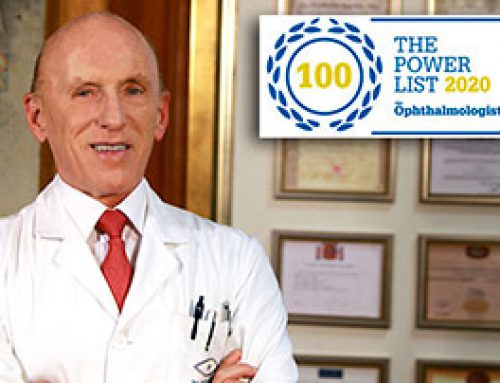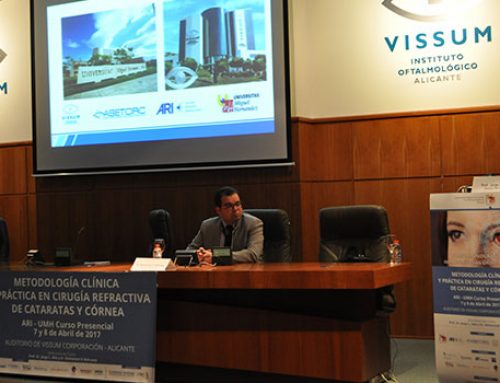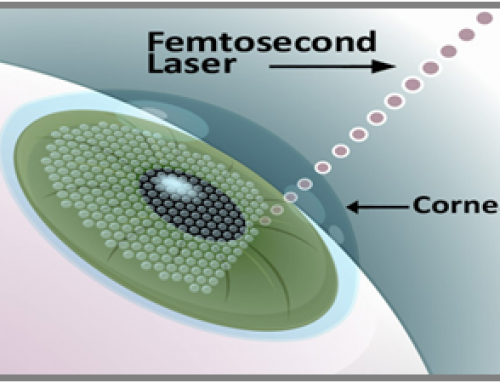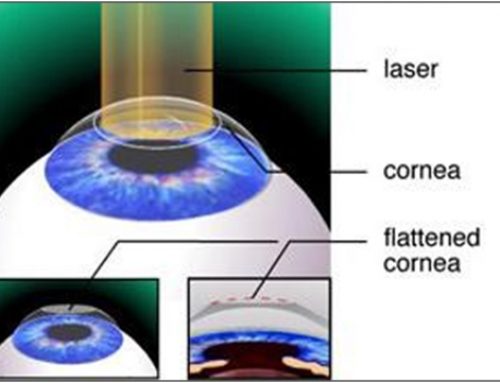Since the introduction of the Photorefractive Keratectomy (PRK) in 1990, the surgical technique for correcting refractive errors like myopia, hyperopia or astigmatism by means of laser has advanced considerably. Concretely the development of Laser Assisted in Situ Keratomileusis (LASIK) has contributed specially in the innovations developed in corneal refractive surgery. Currently, corneal flap in LASIK procedure can be performed by mechanical microkeratome, or more recently introduced femtosecond laser (femtoLASIK). Indeed, it has been shown that visual outcomes as intraoperative complications after femtoLASIK procedure for the creation of the corneal flap are lower than when the mechanical microkeratome is used. In addition to the above advantages, femtoLASIK procedure has also reduced postoperative corneal damage and provides faster visual recovery. Nevertheless, in addition to the previous surgical techniques nowadays has emerged a new procedure of corneal refractive surgery in which it is not required the realization of corneal flap, known as Small-Incision Lenticule Extraction (SMILE).
How are the surgical procedure and the visual outcomes of the SMILE?
The advent of femtosecond laser in corneal refractive surgery, has allowed the development of the SMILE procedure. This surgical technique nowadays allows correct myopia and myopic astigmatism, though soon also it will be possible to correct hyperopia. Unlike LASIK corneal refractive surgery, in the SMILE procedure it is not necessary to realize corneal flap neither excimer laser is used for corneal ablation. Concretely, in the SMILE procedure an intraestromal lenticule is extracted through a small incision of 2 mm. Due to the corneal incision realized in the SMILE procedure is of 20º in comparison with the 270º of LASIK, the complications associated with the corneal lenticule not occur or are minimized considerably, not being affected corneal biomechanics. Likewise, complications described by using excimer laser, in the SMILE procedure not occur. Furthermore, another advantage of the SMILE procedure is that a single laser platform is used, unlike the FemtoLASIK procedure in which two platforms are necessary. The fact that the procedure is performed on a single platform it allows reduce the time of the intervention.
From the introduction on the market of the SMILE procedure in 2011 different investigations has been presented in international journals and congresses about the visual outcomes, optical quality, corneal changes, complications, efficacy and safety of the procedure. Also important comparative studies and reviews among LASIK and SMILE procedures, as other procedures of refractive corneal surgery have been realized. Precisely, in the Online Course Clinical Methodology in Refractive Cataract and Corneal Surgery provide detailed information about the surgical procedure and postoperative visual outcomes of the SMILE procedure. The high clinical and research experience of the international tutors of the first online course on refractive surgery allows that the education on the SMILE procedure be of high quality. Specifically, Prof. Dr. Dan Reinstein has contributed in the realization of important investigations published in PubMed Central about the centered of the optical zone, postoperative outcomes in low myopia or analysis of the foundations of the new SMILE surgical technique.
Bibliographic references
Reinstein DZ, Archer TJ, Gobbe M. Small incision lenticule extraction (SMILE) history, fundamentals of a new refractive surgery technique and clinical outcomes. Eye Vis (Lond). 2014 Oct 16;1:3.
Reinstein DZ, Carp GI, Archer TJ, Gobbe M. Outcomes of small incision lenticule extraction (SMILE) in low myopia. J Refract Surg. 2014 Dec;30(12):812-8.
Reinstein DZ, Gobbe M, Gobbe L, Archer TJ, Carp GI. Optical Zone Centration Accuracy Using Corneal Fixation-based SMILE Compared to Eye Tracker-based Femtosecond Laser-assisted LASIK for Myopia. J Refract Surg. 2015 Sep;31(9):586-92.
